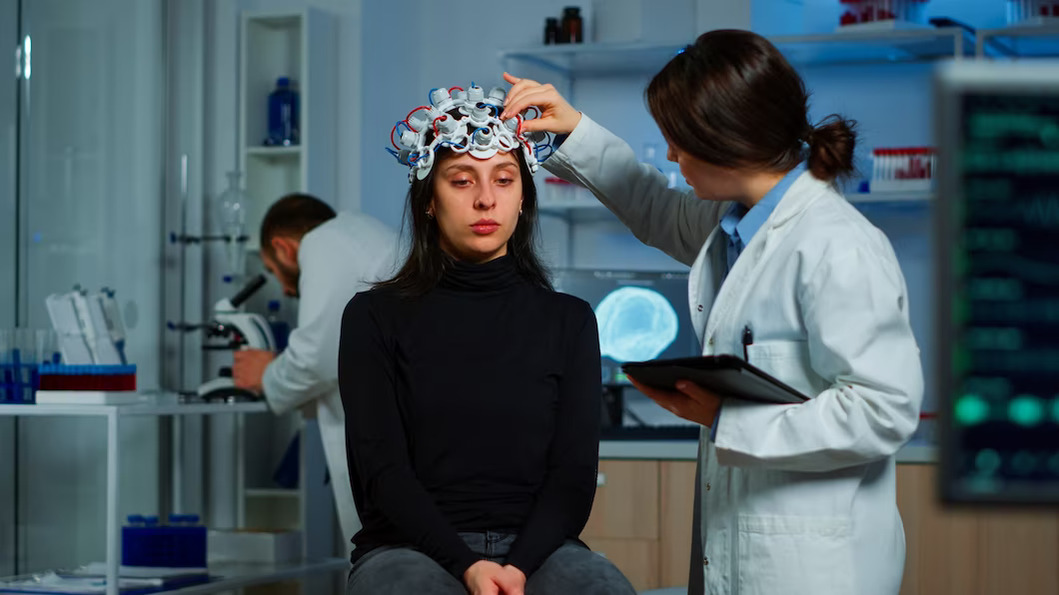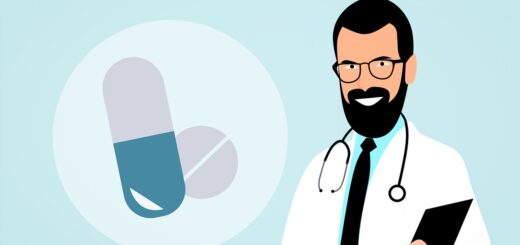Healing Path: Understanding the Process of Recovering from Brain Injuries

When the brain suffers an injury, the road to recovery is often challenging, filled with uncertainty, and unique to each individual. Brain injuries can arise from diverse circumstances, including accidents, strokes, tumors, or other medical conditions. Acquiring a profound comprehension of the trajectory of recovery for such injuries is of paramount importance for patients, their families, and the healthcare professionals entrusted with their care. This blog aims to shed light on recovering from brain injuries, providing insights into the journey to restoration’s physical, emotional, and cognitive aspects.
1. Rehabilitation Therapy: Building the Road to Recovery
Rehabilitation therapy constitutes the fundamental cornerstone of brain injury recovery. Customized to suit the requirements of every patient, this therapy encompasses a diverse range of modalities, including but not limited to occupational, physical, and language and speech therapy.
a. Physical Therapy:
Guided by skilled therapists, physical therapy focuses on improving motor function, strength, and balance. Through targeted exercises and interventions, patients gradually regain mobility and independence.
b. Occupational Therapy:
Occupational therapists assist patients in relearning daily activities, such as dressing, cooking, and grooming. This therapy empowers individuals to resume their roles at home and work by employing adaptive techniques and devices.
c. Speech and Language Therapy:
Brain injuries can impact speech and communication. Language and speech therapists work with patients to improve language skills, articulation, and swallowing abilities, facilitating enhanced social interactions and overall life quality.
2. Nutrition Rehabilitation: Fueling the Healing Process
Proper nutrition plays a critical role in brain injury rehabilitation. Nutrition rehabilitation focuses on providing patients with the necessary nutrients to support their healing process. A well-balanced diet, tailored to individual needs, aids in tissue repair, enhances cognitive function, and boosts energy levels, enabling patients to participate in therapy sessions actively.
3. Neurorehabilitation: Rebuilding Neural Connections
Neurorehabilitation is a specialized approach that targets the brain’s plasticity to promote recovery. Neurorehabilitation aims to rebuild neural connections and reroute functions around damaged areas through repetitive exercises and stimulating activities. This process facilitates relearning skills and abilities, enhancing overall brain function.
4. Neurological Rehabilitation: Addressing Specific Conditions
Neurological rehabilitation is a specialized medical field that targets brain injuries arising from distinct conditions like stroke, traumatic brain injury, or neurodegenerative disorders. This intricate process entails a cohesive and synergistic approach involving a team of diverse and highly skilled healthcare professionals. Their collective expertise is harnessed to craft meticulously tailored treatment regimens precisely suited to meet the needs and circumstances of every individual patient.
5. Medical Rehabilitation: Integrating Holistic Care
Medical rehabilitation adopts a comprehensive and integrated strategy in facilitating recovery from brain injuries. It involves the concerted effort of medical professionals, therapists, nutritionists, and mental health experts to address the various dimensions of the patient’s holistic health. This integrated and cohesive methodology ensures the fulfillment of medical necessities while also giving due consideration to the individual’s emotional and psychological well-being.
6. Adapting Technology in Rehabilitation
The integration of technology has revolutionized brain injury rehabilitation. Virtual reality, robotics, and other assistive technologies have opened new avenues for patients to engage in interactive and motivating rehabilitation exercises. These innovations not only accelerate recovery but also make the rehabilitation process more engaging and enjoyable.
7. The Role of Family and Support System
A strong support system, including family, friends, and caregivers, plays a pivotal role in the rehabilitation journey. Encouragement, understanding, and emotional support from loved ones can significantly impact a patient’s motivation and progress throughout recovery.
Final Thoughts:
Brain injury rehabilitation is a multifaceted journey, encompassing various vital components such as rehabilitation therapy, nutrition rehabilitation, neurorehabilitation, neurological rehabilitation, and medical rehabilitation. Patients regain lost abilities and rebuild neural connections through targeted therapies and proper nourishment. Technology integration further accelerates progress, while unwavering family support strengthens healing. This comprehensive approach fosters resilience and empowers individuals to embrace renewed hope and a brighter future. The path to recovery, guided by expert care and dedication, symbolizes the triumph of human adaptability, promising a life reimagined and revitalized after brain injuries.



